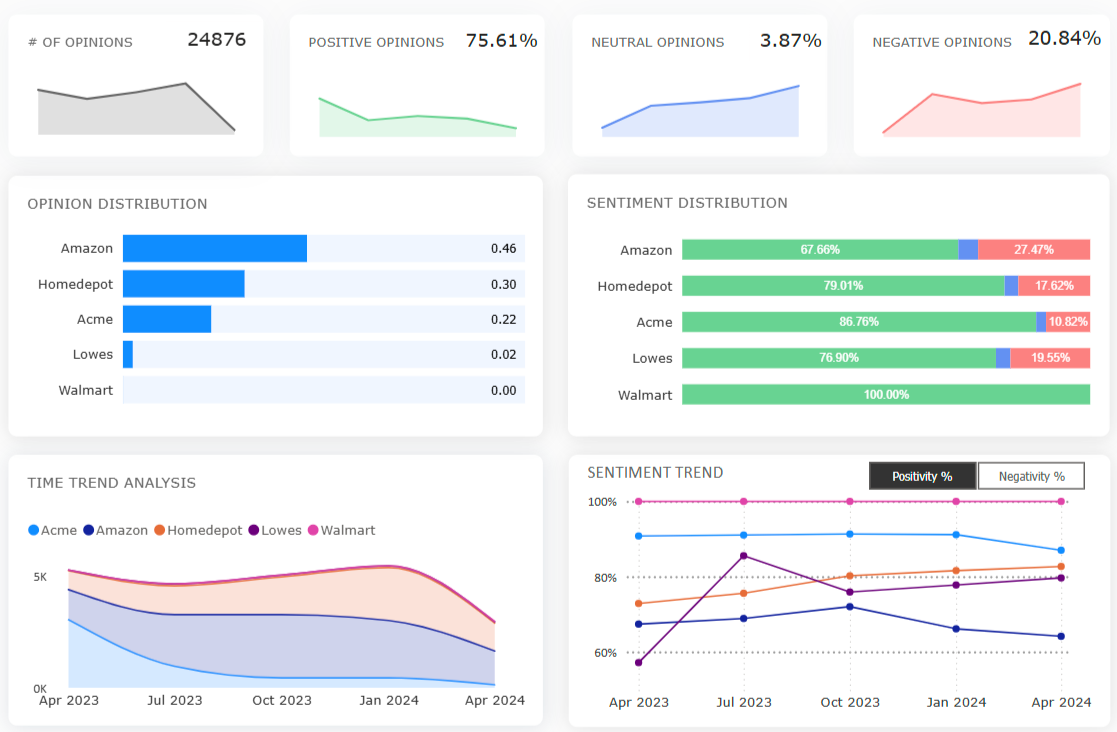CONTENTS
Competitive analysis

“Competitive Analysis is a process by which organizations gather actionable information about competitors and the competitive environment, and ideally, apply it to their planning processes and decision-making to improve their enterprise’s performance,” as per the definition given by Craig S. Fleisher and Babette E. Bensoussan in their book, Business, and Competitive Analysis: Effective Application of New and Classic Methods.
CX competitive analysis is a powerful strategy used by consumer brands to identify significant competitors and conduct research on their products, advertising campaigns, sales, and marketing strategies. By using competitive analysis, brands can create robust business strategies that can help a brand to improve upon its competitors.
Competitive analysis advantages
Brands see many advantages of conducting competitive analysis. By performing a competitor analysis, you’ll be able to:
1. Study and identify the gaps in the market:
Competitor analysis allows you to research and identify the gaps in the market. It will throw light on the products or services that are offered by your competitors but are not presently offered by your business.
2. Study the market and uncover market trends:
With the help of Competitive analysis, organizations can better understand their market landscape. When competitor analysis is performed using Artificial intelligence (AI), competitors’ sites can be analyzed to find trending consumer conversations, hot topics that are discussed about your competitor, and content that is attracting high views.
3. To learn from the mistakes of competitors:
Periodic competitive analysis allows you to spot the errors and mistakes, as well as the negative consumer feedback of your competitors. With the help of this feedback, you can optimize your marketing strategies and plan necessary changes and improvements in your products.
4. Product development:
Companies are gaining tremendous knowledge by learning what their competitors are innovating or improving for future product releases. Knowing the product plans of competitors will give you a direction on quality, price, and functionality.
Competitive analysis example

For example, Starbucks made use of competitive analysis to launch its dairy-free milk alternatives to stay ahead of its competitors. From 2012 to 2017, dairy-free milk alternatives in the U.S. grew 61%, with almond, coconut, and soy milk being the most popular types. Understanding the consumer trends, and staying a step ahead of its competition, the company launched drinks with coconut milk in 2015 and began offering almond milk in 2016. Very soon, Starbucks started to offer oat milk in its European stores in 2018 to keep up.
Do you know what your customers really want?
Analyze customer reviews and automate market research with the fastest AI-powered customer intelligence tool.
